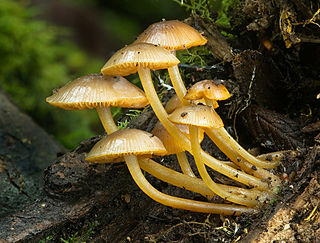
Mycology is the branch of biology concerned with the study of fungi, including their genetic and biochemical properties, their taxonomy and their use to humans, including as a source for tinder, traditional medicine, food, and entheogens, as well as their dangers, such as toxicity or infection.
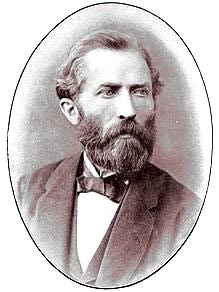
Heinrich Anton de Bary was a German surgeon, botanist, microbiologist, and mycologist . He is considered a founding father of plant pathology (phytopathology) as well as the founder of modern mycology. His extensive and careful studies of the life history of fungi and contribution to the understanding of algae and higher plants were landmarks of biology.

Sir Rowland Harry Biffen FRS was a British botanist, mycologist, geneticist and a professor of agricultural botany at the University of Cambridge who worked on breeding wheat varieties. He was also a gifted artist known for his landscapes in watercolours. He was the founder of the Journal of Agricultural Science.

The British Mycological Society is a learned society established in 1896 to promote the study of fungi.

Pier Andrea Saccardo was an Italian botanist and mycologist.

Claude Casimir Gillet, was a French botanist and mycologist. He initially trained as a medical doctor and veterinarian.

Arthur Disbrowe Cotton, OBE was an English plant pathologist, mycologist, phycologist, and botanist. The standard author abbreviation Cotton is used to indicate this person as the author when citing a botanical name.

Joseph-Henri Léveillé was a French physician and mycologist who was a native of Crux-la-Ville, in the department of Nièvre.
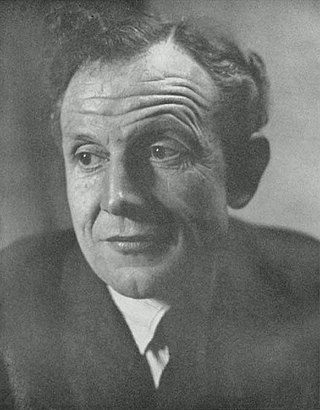
Geoffrey Clough Ainsworth was a British mycologist and scientific historian. He was the older brother of Ruth Ainsworth.

Felix Karl Albert Ernst Joachim Freiherr von Thümen was a German botanist and mycologist.

Eduard Fischer was a Swiss botanist and mycologist.

Leucocoprinus fragilissimus, commonly known as the fragile dapperling, is a species of gilled mushroom in the family Agaricaceae.
Listerella paradoxa is a slime mould species from the class Myxogastria and the only member of its genus as well as the family Listerelliidae. The species is so far only found on the wattle genus Cladonia, mostly in European temperate zones.
Albert Julius Otto Penzig, also referred to as Albertus Giulio Ottone Penzig was a German mycologist.
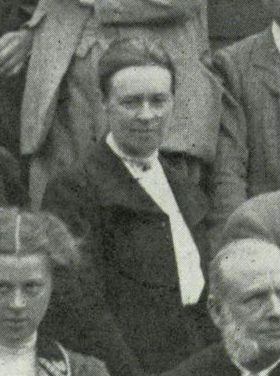
Gulielma Lister was a British botanist and mycologist, and was considered an international authority on Mycetozoa.
Otto Vernon Darbishire was a British botanist who specialised in marine algae and lichens. Born in Conwy, he was educated at several places and eventually graduated from the University of Oxford.

Robert Hagelstein was a multidisciplinary businessman, scientist, and microscopy expert who served for fifteen years as the Honorary Curator of Myxomycetes at the New York Botanical Garden. He is known for his work in algae and slime mold specimen collection and curation, and for making hands-on learning materials widely available to student and amateur scientists.
Leucocoprinus holospilotus is a species of mushroom producing fungus in the family Agaricaceae.
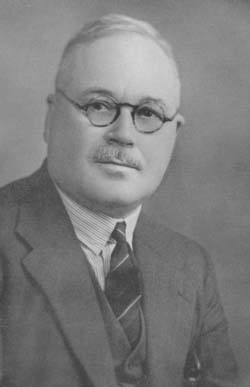
Guy Richard Bisby (1889–1958) was an American Canadian mycologist and botanist in plant pathology. He spent his early career working as a professor at the University of Minnesota and University of Manitoba in plant pathology, and his late career as Senior Assistant Mycologist at the Imperial Mycological Institute in Kew, England. He published around fifty books and papers in mycology that extensively contributed to the taxonomy and nomenclature of fungi.
Elizabeth "Elsie" Marianne Blackwell was an English botanist and mycologist, known as an expert on Phytophthora. She was the president of the British Mycological Society for a one-year term from 1942 to 1943.















